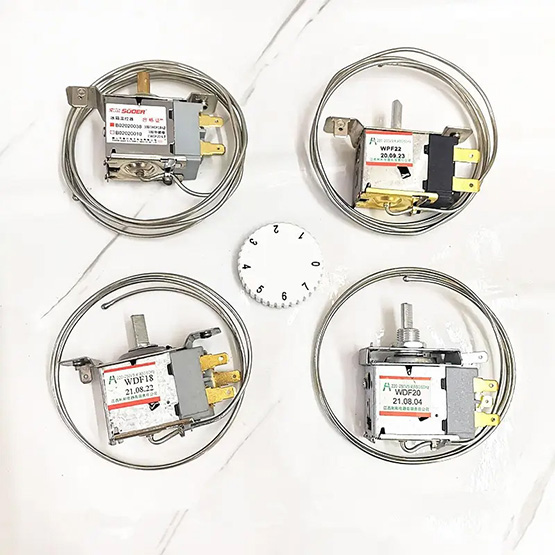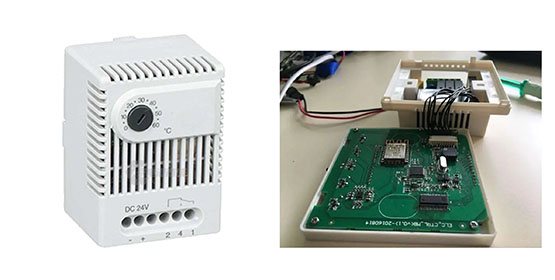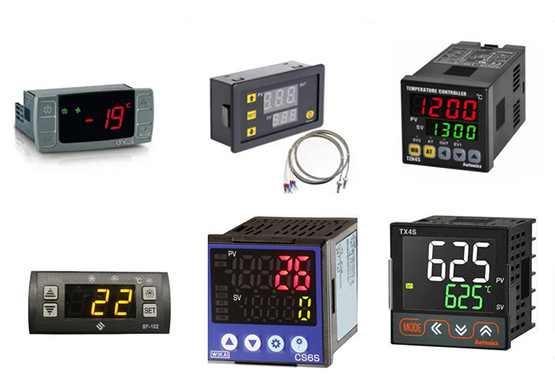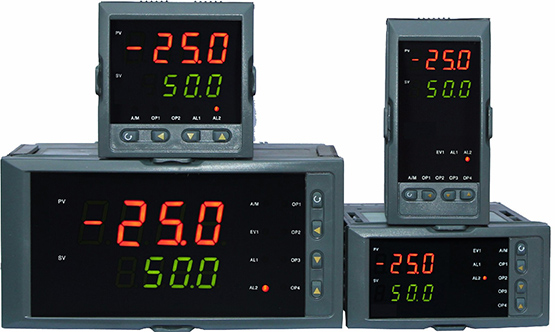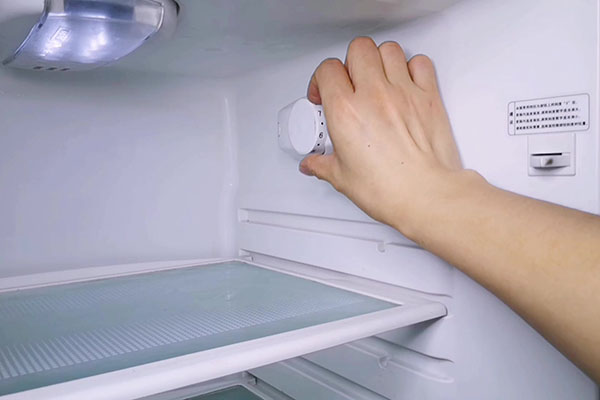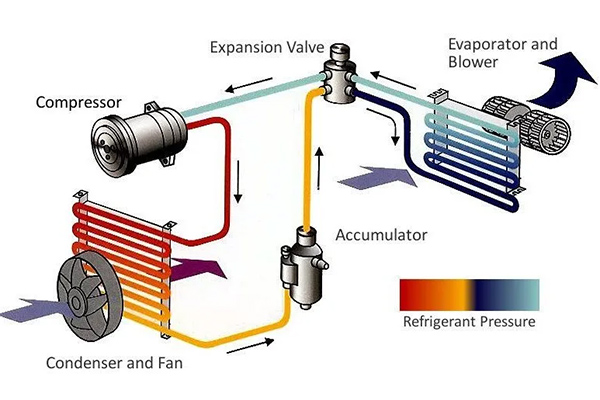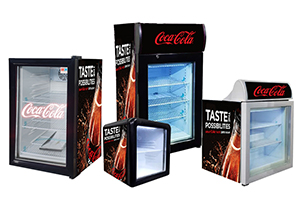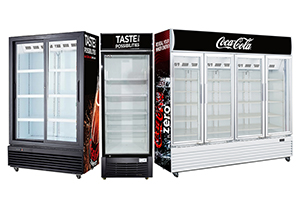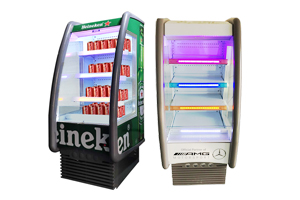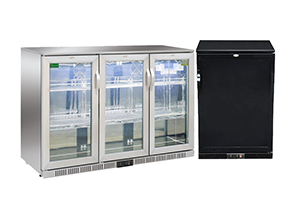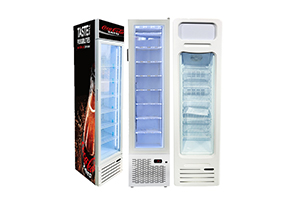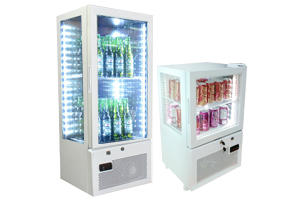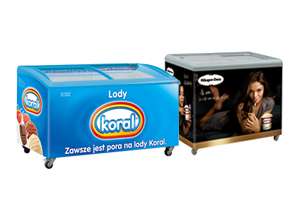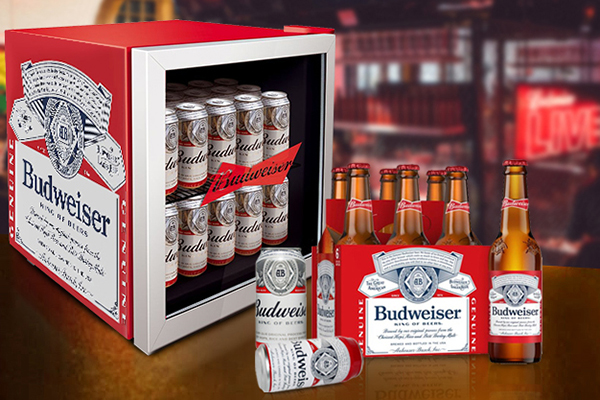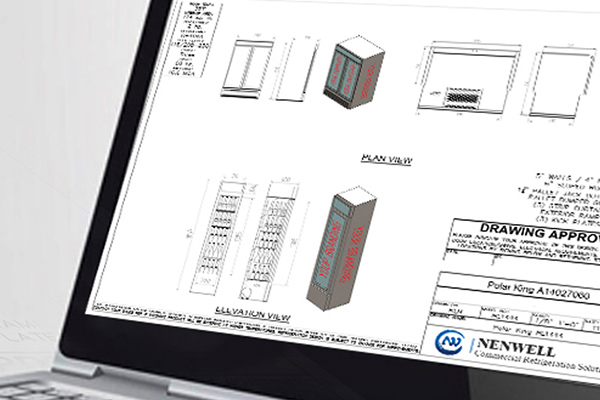Introducing thermostats and their types
What is a thermostat?
Thermostat refers to a series of automatic control components that physically deform inside the switch according to temperature changes in the working environment, thereby producing some special effects and producing conduction or disconnection actions. It is also called a temperature control switch, temperature protector, temperature controller, or thermostat for short. The thermostat can be used to control and adjust the temperature. When the temperature reaches the set value, the power is automatically turned on or off to achieve heating or cooling purposes.
The working principle of a thermostat
is usually to sample and monitor the ambient temperature through a temperature sensor. When the ambient temperature is higher or lower than the set control value, the control circuit will start and output the corresponding control signal to achieve temperature regulation and control. Some thermostats also have an over-limit alarm function. When the temperature exceeds the set alarm value, an alarm sound or light signal will be emitted to remind the user to handle it in time.
Thermostats have a wide range of applications and can be used in various equipment that require heating or cooling, such as electric ovens, refrigerators, air conditioners, etc. At the same time, thermostats can also be used in various industrial fields, such as chemical industry, pharmaceuticals, food processing, etc., to achieve precise control of temperature during the production process.
When selecting and using a thermostat, you need to consider factors such as the characteristics of the controlled object, usage environment, accuracy requirements, etc., and make selections and adjustments based on the actual situation. At the same time, during use, you also need to pay attention to maintenance and repair, and regularly check the accuracy and sensitivity of the sensor to ensure the normal operation of the thermostat.
Thermostat Classification
Thermostats can be classified according to their functions, mainly including the following categories:
Mechanical thermostat
Mechanical thermostat uses a mechanical structure to measure and regulate temperature. It is usually used in economical and simple household appliances such as heating, air conditioning and air conditioning. It can also be used in conjunction with other systems to form complex automatic control systems. Its advantages are low cost and simple use. Its disadvantages are low accuracy, limited adjustment range and inconvenient operation.
Electronic thermostat
Electronic thermostat uses electronic components for temperature measurement and adjustment control. It has the characteristics of high precision, sensitivity, powerful functions, and easy operation. It is mainly used in high-end industrial, commercial and household appliances. Common adjustment methods include PID algorithm, pulse width modulation PWM, zero-point proportional adjustment ZPH and fuzzy control, etc., which can achieve high-precision temperature control and energy saving and consumption reduction effects. Digital thermostat and PID temperature controller are function gained basing on electronic thermostat.
Digital thermostat
Digital thermostat is a temperature control device that integrates a digital display and a digital controller, which can display the current temperature value and the set temperature value, and can be set manually through buttons and other methods. It has high precision, good reliability and simple operation. Its built-in circuit is similar to electronic thermostat. It is suitable for occasions where frequent temperature adjustment is required, such as laboratories, electronic equipment, etc.
PID temperature controller
In process control, the PID controller (also called PID regulator) that controls according to the proportion (P), integral (I) and differential (D) of the deviation is the most widely used automatic controller. The PID controller uses proportion, integral, and differential to calculate the control amount based on the system error for control. When the structure and parameters of the controlled object cannot be fully grasped, or an accurate mathematical model cannot be obtained, or other techniques of control theory are difficult to adopt, the structure and parameters of the system controller must be determined by experience and on-site debugging. At this time, the application PID control technology is the most convenient. Using PID control algorithm for temperature control, it has high control accuracy and stability. It is often used in pharmaceuticals, food processing, life sciences and other occasions that require higher precision. For a long time, PID controllers have been used by a large number of scientific and technical personnel and field operators, and have accumulated a lot of experience.
In addition, according to different use scenarios, thermostats have other classification methods, such as room temperature type, floor temperature type and dual temperature type according to detection method; according to different appearance, they are divided into ordinary dial type, ordinary button type, advanced Intelligent programming LCD type, etc. Different types of thermostats have different characteristics and application scenarios, and users can choose according to actual needs.
The Difference Between Static Cooling And Dynamic Cooling System
Compare with static cooling system, dynamic cooling system is better to continuously circulate the cold air around inside the refrigeration compartment...
Working Principle Of Refrigeration System – How Does It Work?
Refrigerators are extensively used for residential and commercial application to help store and keep food fresh for longer, and prevent spoilage ...
7 Ways to Remove Ice from a frozen Freezer (the Last Method Is Unexpected)
Solutions to removing ice from a frozen freezer including cleaning the drain hole, changing the door seal, manual removing the ices ...
Products & Solutions For Refrigerators And Freezers
Retro-Style Glass Door Display Fridges For Beverage & Beer Promotion
Glass door display fridges can bring you something a little different, as they are designed with an aesthetic appearance and inspired by the retro trend ...
Custom Branded Fridges For Budweiser Beer Promotion
Budweiser is a famous American brand of beer, which was first founded in 1876 by Anheuser-Busch. Today, Budweiser has its business with a significant ...
Custom-Made & Branded Solutions For Refrigerators & Freezers
Nenwell has extensive experience in customizing & branding a variety of stunning and functional refrigerators & freezers for different businesses...
Post time: Jan-01-2024 Views:

